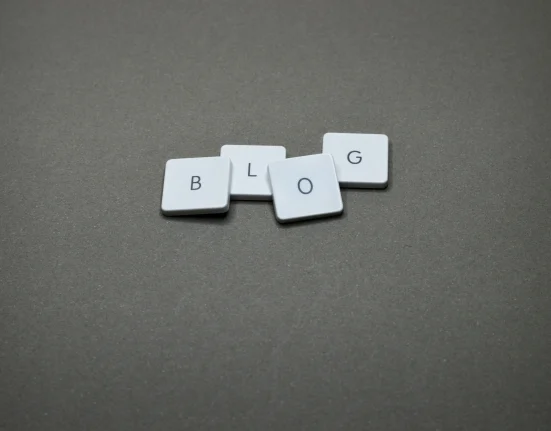Dopamine triggers in social media marketing refer to strategies and techniques used to stimulate the release of dopamine, a neurotransmitter associated with pleasure, reward, and motivation, in users’ brains. By leveraging these triggers, brands can create engaging, addictive, and rewarding experiences that encourage users to interact with their content, stay on their platforms longer, and ultimately convert into customers. Here are some common dopamine triggers used in social media marketing:
1. Variable Rewards (Surprise and Delight)
- How it works: Users are rewarded unpredictably, creating anticipation and excitement. This is based on the same psychological principle that makes slot machines addictive.
- Examples:
- Random giveaways or contests.
- Surprise discounts or exclusive offers.
- Hidden Easter eggs or bonus content in posts.
- Platforms: Instagram, TikTok, Twitter.
2. Social Validation (Likes, Comments, Shares)
- How it works: Receiving likes, comments, and shares triggers dopamine, as it validates the user’s actions and boosts their sense of belonging.
- Examples:
- Encouraging users to tag friends in comments.
- Creating shareable content (memes, challenges, polls).
- Highlighting user-generated content (UGC) to make followers feel valued.
- Platforms: Instagram, Facebook, TikTok.
3. Gamification
- How it works: Incorporating game-like elements (e.g., points, badges, leaderboards) into social media interactions to make them more engaging and rewarding.
- Examples:
- Running challenges or competitions with prizes.
- Creating interactive quizzes or polls.
- Offering badges or rewards for completing specific actions (e.g., sharing a post).
- Platforms: Instagram Stories, TikTok, Facebook.
4. FOMO (Fear of Missing Out)
- How it works: Creating a sense of urgency or exclusivity triggers dopamine by making users feel they need to act quickly to avoid missing out.
- Examples:
- Limited-time offers or flash sales.
- Countdown timers for product launches.
- Exclusive content for early adopters or loyal followers.
- Platforms: Instagram, Facebook, Twitter.
5. Visual and Emotional Appeal
- How it works: Eye-catching visuals, vibrant colors, and emotionally resonant content stimulate dopamine release by capturing attention and evoking positive feelings.
- Examples:
- High-quality images and videos.
- Relatable or humorous memes.
- Inspirational or heartwarming stories.
- Platforms: Instagram, Pinterest, TikTok.
6. Personalization
- How it works: Tailoring content to individual preferences makes users feel special and understood, triggering dopamine.
- Examples:
- Using data to recommend products or content.
- Addressing users by name in emails or messages.
- Creating targeted ads based on user behavior.
- Platforms: Facebook, Instagram, LinkedIn.
7. Progress and Achievement
- How it works: Showing progress toward a goal or celebrating small wins releases dopamine, encouraging users to continue engaging.
- Examples:
- Progress bars for completing a profile or signing up.
- Celebrating milestones (e.g., “You’ve unlocked a new level!”).
- Offering rewards for repeat engagement (e.g., loyalty programs).
- Platforms: Instagram, Facebook, TikTok.
8. Storytelling and Cliffhangers
- How it works: Telling compelling stories or leaving content on a cliffhanger keeps users curious and coming back for more.
- Examples:
- Serialized content (e.g., “Part 1 of 3”).
- Teasing upcoming product launches or events.
- Using Instagram Stories or TikTok series to build suspense.
- Platforms: Instagram, TikTok, YouTube.
9. Community and Belonging
- How it works: Building a sense of community and belonging triggers dopamine by making users feel connected and valued.
- Examples:
- Creating branded hashtags for user participation.
- Hosting live Q&A sessions or webinars.
- Encouraging group discussions or forums.
- Platforms: Facebook Groups, LinkedIn, Instagram.
10. Instant Gratification
- How it works: Providing immediate rewards or feedback satisfies users’ desire for quick results, triggering dopamine.
- Examples:
- Instant discounts or coupons for signing up.
- Quick responses to comments or messages.
- Real-time notifications for likes or comments.
- Platforms: Instagram, Facebook, Twitter.
Ethical Considerations
While dopamine triggers can be highly effective, it’s important for marketers to use them ethically. Overuse or manipulation can lead to negative consequences, such as addiction, anxiety, or decreased trust in the brand. Always prioritize providing genuine value and fostering positive user experiences.
By strategically incorporating these dopamine triggers into your social media marketing efforts, you can create more engaging, memorable, and effective campaigns that resonate with your audience and drive desired actions.





Leave feedback about this